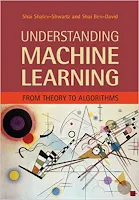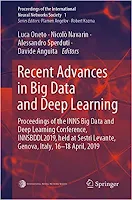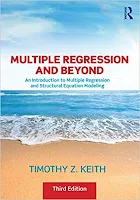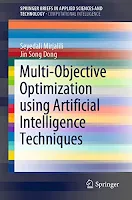Artificial Intelligence for Humans, Vol. 2: Nature-Inspired Algorithms
Jeff Heaton ... 244 pages - Publisher: Heaton Research, Inc.; (August, 2014) ... Language: English - AmazonSIN: B00MYLNLSQ.
Nature can be a great source of inspiration for artificial intelligence algorithms because its technology is considerably more advanced than our own. Among its wonders are strong AI, nanotechnology, and advanced robotics. Nature can therefore serve as a guide for real-life problem solving. In this book, you will encounter algorithms influenced by ants, bees, genomes, birds, and cells that provide practical methods for many types of AI situations. Although nature is the muse behind the methods, we are not duplicating its exact processes. The complex behaviors in nature merely provide inspiration in our quest to gain new insights about data.
Artificial Intelligence for Humans is a book series meant to teach AI to those readers who lack an extensive mathematical background. The reader only needs knowledge of basic college algebra and computer programming. Additional topics are thoroughly explained. Every chapter also includes a programming example. Examples are currently provided in Java, C#, and Python. Other languages are planned. No knowledge of biology is needed to read this book.
Nature can be a great source of inspiration for artificial intelligence algorithms because its technology is considerably more advanced than our own. Among its wonders are strong AI, nanotechnology, and advanced robotics. Nature can therefore serve as a guide for real-life problem solving. In this book, you will encounter algorithms influenced by ants, bees, genomes, birds, and cells that provide practical methods for many types of AI situations. Although nature is the muse behind the methods, we are not duplicating its exact processes. The complex behaviors in nature merely provide inspiration in our quest to gain new insights about data.
Artificial Intelligence for Humans is a book series meant to teach AI to those readers who lack an extensive mathematical background. The reader only needs knowledge of basic college algebra and computer programming. Additional topics are thoroughly explained. Every chapter also includes a programming example. Examples are currently provided in Java, C#, and Python. Other languages are planned. No knowledge of biology is needed to read this book.



















